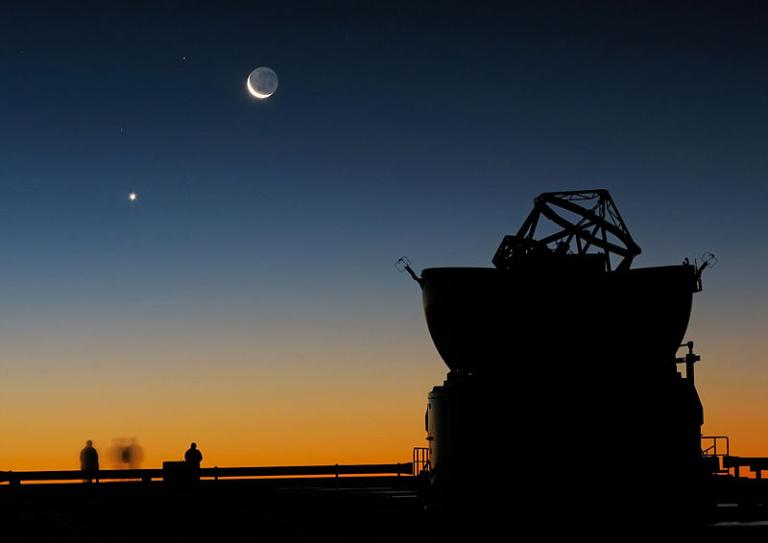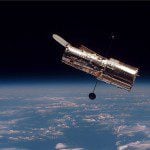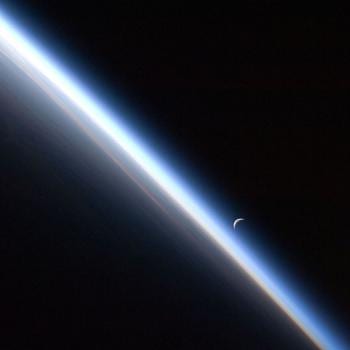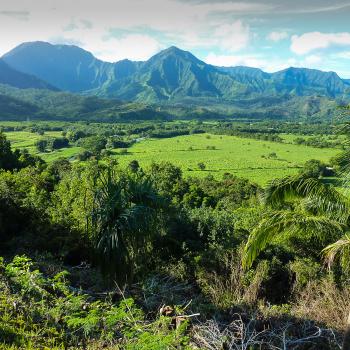
I’ve posted some prior notes (see “The Exoplanet Next Door” and “Revisiting Venus”) from M. Darby Dyar, Suzanne E. Smrekar, and Stephen R. Kane, “The Exoplanet Next Door: What Venus can teach us about planets far beyond our solar system,” Scientific American 320/2 (February 2019): 56-63. Here’s my last batch of notes from that, to me, intriguing article:
On Earth, volcanism — which now seems to be present on Venus, as well — is typically associated with plate tectonics. Plate tectonics is the shifting and sliding of large pieces of our planet’s surface crust that creates most of its visible geological features. Many argue that plate tectonics is essential to the existence of life, since it permits the planet to lose its internal heat and, thus, to cool to the point where life might arise and survive. By forming new crust at Earth’s mid-ocean ridges, tectonics releases water, carbon dioxide, and sulfur dioxide from deep within the planet into the atmosphere. (Without volcanism, there would be little surface water.) It also cycles chemicals back deep into the mantle of the Earth as one plate slips underneath another. Tectonics also produces continents, of course, which are rather helpful to terrestrial life forms.
The lithosphere on Venus — the outer crusty layer characterized by rocks (from Greek λῐ́θος [lithos, “stone,” “rock”] — is warm and thin these days, much as it is believed to have been on Earth back when terrestrial plate tectonics began. So, is geological history repeating itself on Venus, in a sense?
The irony here is that plate tectonics, which produces earthquakes, and volcanism seem to us negative things that our planet would be much better off without. But science is transforming our too-limited viewpoint: Without these things, we wouldn’t be here.
Venus is a really interesting place to study in its own right, but also because of what it might teach us about other planets that are vastly further away and, for that reason, much harder to observe. But it’s also potentially important for what it can teach us about the planet on which we currently live.
This year, 2019, the National Aeronautics and Space Administration (NASA), will be soliciting proposals for the use of its smallest class of space probes, the “Discovery” missions. The final results of this competition will be out in 2021.
It’s about time. As the authors of this article conclude:
Nearly 30 years after Magellan arrived at Venus, the generation of scientists who launched Magellan is growing old and retiring. A mission to Venus now would allow researchers to pass the torch to a new generation who can bring us closer to understanding why our planetary sister evolved so differently from Earth. Perhaps we may even discover what conditions are necessary for the emergence of life. (63)












